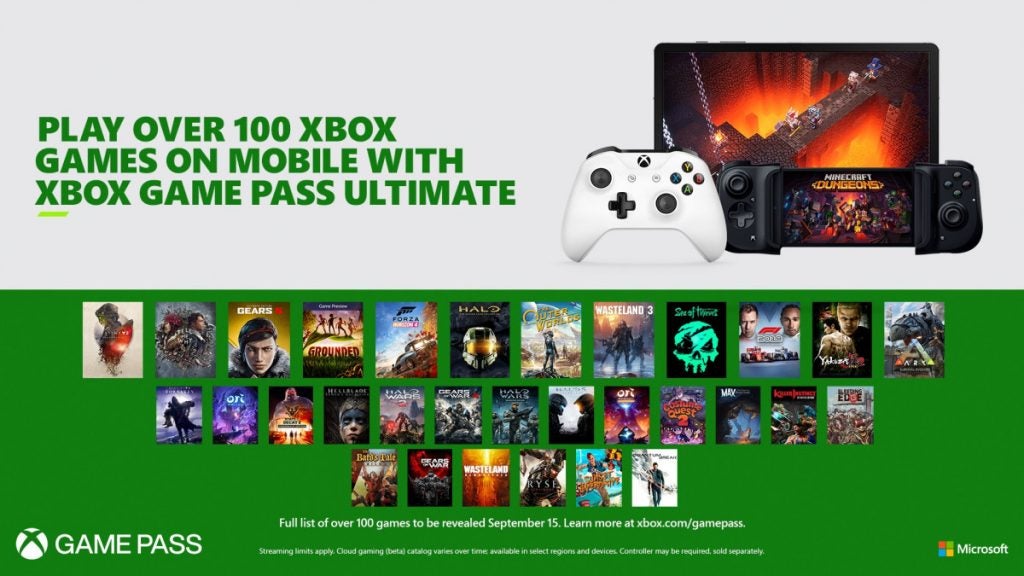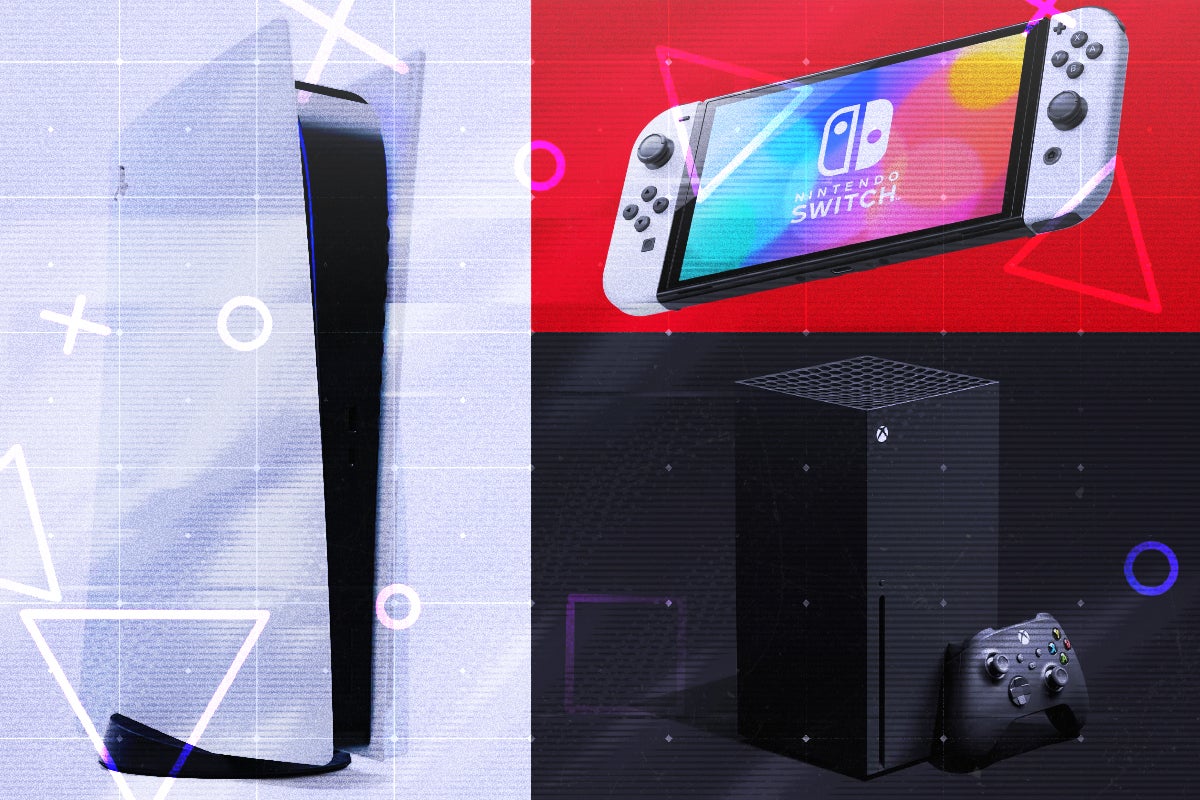5G, Games Pass and GeForce Now are the future of gaming

OPINION: There’s been a lot of talk about the future of gaming in the last year, with every company with skin in the game claiming to be “revolutionising” the industry.
This includes mainstream players like Sony and Microsoft with the new PS5 and Xbox Series X/S consoles, to more hardcore component makers like Nvidia with its RTX 30-series GPUs and AMD with its RX-5000 graphics cards.
And sure, these are all undeniably great pieces of hardware that add exciting features like ray tracing light effects and higher fidelity visuals to the mix. But for me, they’re not THE future of gaming. That title belongs to cloud services and smaller, but still cool devices, like the Razer Kishi, Backbone and other mobile game controllers.
To be clear, I still love my gaming rig, which has an uber-swish RTX 3080 Ti graphics card inside, and an 11th gen i9 Intel Core processor. That’s a seriously powerful combo that lets me enjoy top-of-the line 4K gaming.
But, over the last few months I’ve noticed, my habits are changing and moving away from my PC being the primary games station.
Thanks to my GeForce Now and Games Pass subscriptions and the two peripherals (Backbone when I’m using an iPhone and Kishi for Android), I’ve found myself using my phone as my primary gaming device more and more.

This is primarily because my other half tends to use our main TV in the evenings and I don’t like to spend the latter part of the day in the office where my gaming monitor is, as that’s where I work most of the day.
As a result, when I see her head to the lounge and fire up a new episode of Love Island, my first instinct is to plug my phone into a controller dock, connect my Audeze Penrose headset and fire up Games Pass or GeForce Now.
GeForce Now and Games Pass are streaming services that let you stream games over the cloud, without the need to download them to a device locally. Traditionally, the only limitations they’ve had is that they require very fast internet to work. This has been a key thing, in my mind, stopping them getting wider adoption. When they first launched I remember trying and failing to use them on journey up to Scotland and wishfully thinking they’d work on the train’s abysmal Wi-Fi.
But, with 5G becoming more mainstream, that issue is rapidly disappearing. Three just installed a 5G mast near my home, and since then, my reliance on the peripherals and streaming services for gaming has grown.
More than once when the weather’s nice I’ve popped to the park across the road and spent a couple of hours gaming in the sunshine. It’s also become all but instinctive for me to pull the Kishi or Backbone out of my backpack when I’m waiting for friends at the pub.
This is partly because the services just work and are so intuitive to use. But another big reason is, like most people, the screen on my phone is actually the best I have for gaming. I’m currently rocking a Galaxy S21 Plus. This means I’ve got an AMOLED display that looks significantly better than the LCD I have at home.
Sure, I’m only able to do this because I live in London, a city hub with pretty good 5G coverage, and you can’t enjoy that in most rural areas. But that’s changing fast with network providers rapidly expanding 5G’s coverage across the country. Only the other week I was shocked to see my phone switch from 4G to 5G while on a hike in the middle of Yorkshire.
This is why, for me, 5G and streaming is the future of gaming, not bigger, more powerful consoles from the likes of Microsoft and Sony.





